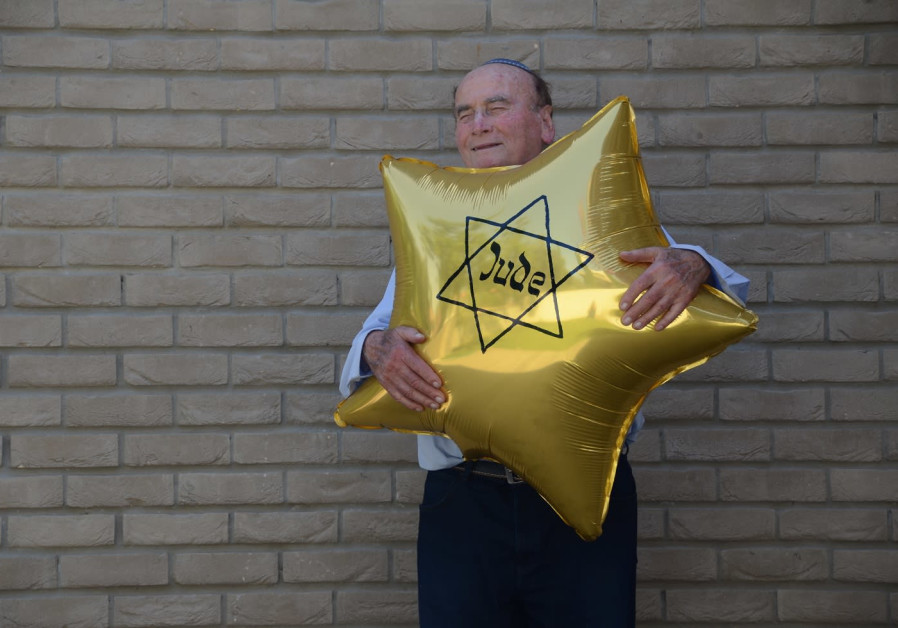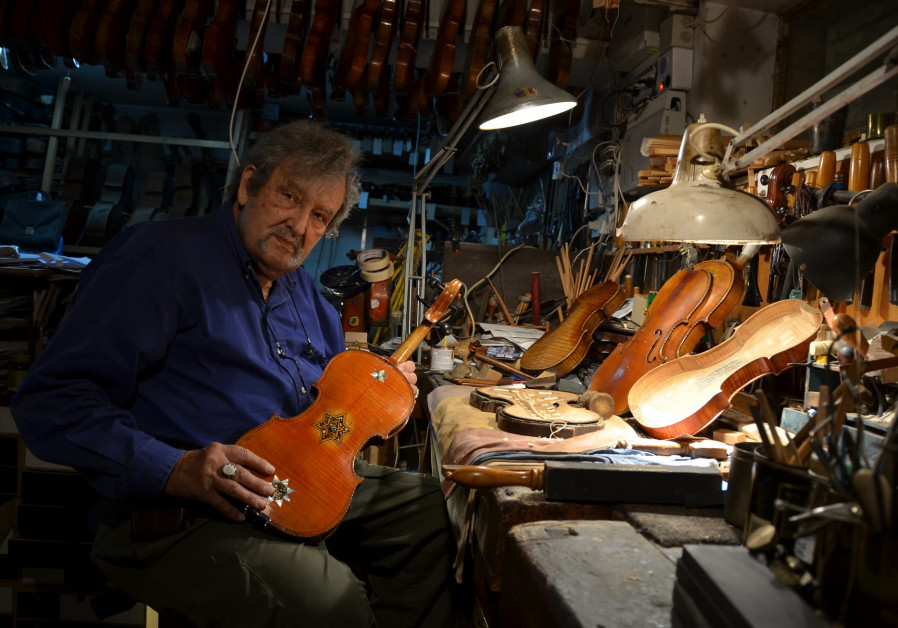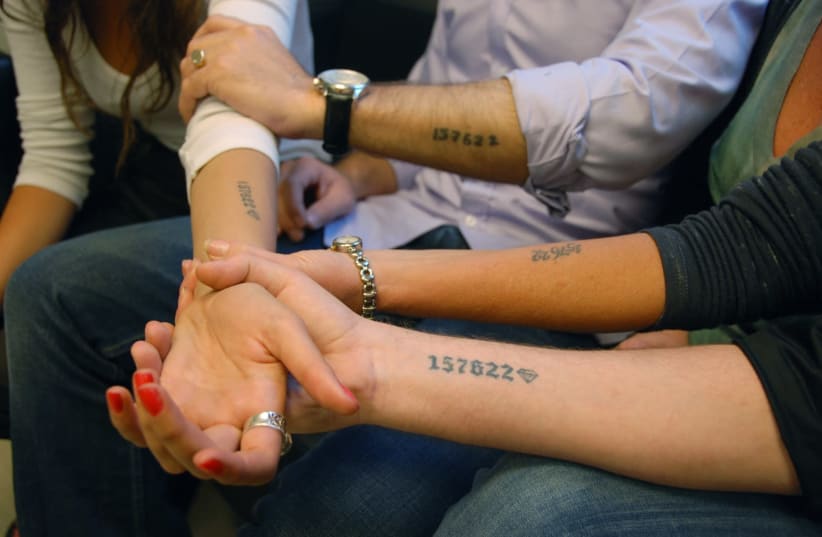A new online photographic exhibition portraying Holocaust survivors and their personal stories is set to be unveiled on Wednesday, International Holocaust Remembrance Day.
Called Humans of the Holocaust, the project is the brainchild of photographer Erez Kaganovitz who says he came up with the idea after seeing a poll showing that two-thirds of American millennials had never heard of Auschwitz.
Over the course of the last two years, Kaganovitz has interviewed and photographed 27 Holocaust survivors in order to document their lives and their experiences in the dark times in Europe during the Second World War.
The project, which is being presented by the Jewish Federation of Palm Beach County, Florida, has faced significant setbacks however due to the COVID-19 pandemic which has made it dangerous to meet with elderly survivors.
Kaganovitz intends eventually to reach 100 individuals and create a book out of the work.
“As the grandson of a Holocaust survivor, I’m well aware of the importance of remembering the atrocities that occurred in order to ensure that a second Holocaust will never occur,” the photographer says.
“In order to do so, I created the ‘Humans of the Holocaust’ project to tell the human story of the survivors, their children, and Jews around the world who are still affected by antisemitism.”
David “Dugo” Leitner is one of the subjects in the Humans of the Holocaust project.
Leitner was born and grew up in Hungary, and was eventually deported to Auschwitz by the Nazis.
“When people think about the Holocaust, they rightfully think about the atrocities that the Jewish people suffered. The Nazis did everything they could in order to break down our human spirit, so the only thing I could do to maintain my humanity was to try to use my sense of humor and to make myself and the people around me happy,” Dugo told Kaganovitz.
“In the cattle car, on our way to Auschwitz, the cart was so packed where you couldn’t even move. I demanded from the person who was almost glued to me to see his valid train ticket... in response, that person was about to hit me, but, luckily, my dad who was still with me at that time managed to stop that.”

Dugo said he wanted to pose with the balloon shaped as the yellow Star of David that Jews were forced to wear by the Nazis to take back ownership of “the symbol that turned me into a subhuman” and turn it instead into “an optimistic and smiling creation.”
Another survivor, profiled in an innovative manner, is Yosef Diamant who also survived Auschwitz. His parents and three brothers were all murdered and he was the only survivor of his immediate family.
Like other survivors of the camp, Yosef still bears the number the Nazis tattooed on his forearm. His family wished to pay tribute to him and the suffering he endured by having his number tattooed onto their own forearms.
Said Yosef’s grandson Arik “I had to think about the decision very carefully, and at first, my grandfather was reluctant about it, but in the end, he asked me: ‘when your grandson will see the tattoo will you tell him about me?’”
Amnon Weinstein is not a Holocaust survivor, but he too features in Humans of the Holocaust due to an incident that occurred one day while he was at work in his violin workshop.
“A young man brought me a violin for restoration that had belonged to his grandfather who played the violin in Auschwitz,” says Amnon.
“When I opened the violin I found black powder inside. I soon realized that it was the ashes of Holocaust victims from the crematoria of Auschwitz, where his grandfather had last played the violin.
“That discovery tantalized me and I didn’t want to continue with the restoration, but a few days later, I felt that I just have to do it. I had to bring back to life the Jewish melodies that were silenced by the Nazis.”

Since that incident, Amnon started locating violins played by Jews in Nazi concentration camps and ghettos and restoring them “so they could be brought to life again on the concert stage.”
Said Amon “I call them Violins of Hope because these instruments represent the voices and spirits of the musicians who played them. When hearing these violins playing in concerts around the world I feel they echo the sounds of the six million Jews who were perished in the Holocaust.”
To view, click on these links:
http://www.cjepb.org/sandbox.html
http://www.humansoftelaviv.co.il/humans-of-the-holocaust/
